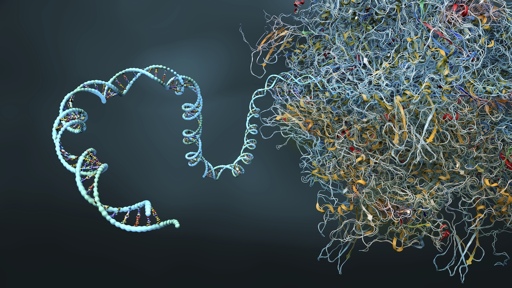Scientists used IBM’s R2 Heron quantum processor to predict the secondary protein structure of a 60-nucleotide-long mRNA sequence.
And so, pivot to the next buzzword begins. Will it capture imagination of investors and general public alike similar to LLMs? Objectively that’s doubtful but then again I was saying the same about couple of previous buzzwords only to be disappointed time and time again lol. Those Homo sapiens are a bunch of suckers.
Then AI and quantum computing merged to create or emulate Laplace’s demon.
And so, pivot to the next buzzword begins.
Please let this happen. I’m fucking sick of the willful and disinformation-based bullshit around LLMs.
The problem is that quantum computing isn’t something that just anybody can gain access to.
LLMs are being sold as a service already. I have utmost faith that someone will come up with some kind of snake oil (call it QPU tentatively) and say your phone is obsolete if it doesn’t have one.
You have a fair point, I mean flash memory uses quantum effects to work, so there you go.
right after we break customer/technical support jobs, we’ll mass produce a processor that can break all known encryption. we’ll be rich!
It won’t break all known encryption, it’ll pretend to.
This article is very poorly written. It conflates protein structure with RNA structure. Proteins are polymers of 20 types of amino acids with comparatively widely varied chemical properties and structures. RNA is a polymer of 4 types of nucleotides with very similar chemical properties and structures. Predicting the secondary structure (structure on a local scale) of RNA is essentially a solved problem on traditional computers and clever but human written algorithms up to several thousand nucleotides.
The novelty here is an iterative increase in complexity in what can be tackled by quantum computing.
How much energy does this technique uses compared to AlphaFold?





